Patience isn’t often celebrated in a fast-moving world, but for a country like Canada, it has been a secret weapon. Rather than chasing quick wins, it has often invested in policies, industries, and global relationships that take years to mature but deliver lasting payoffs. Whether in technology, diplomacy, resource management, or social reform, the nation’s approach often reflects quiet persistence rather than flashy moves. Here are 23 times Canada played the long game and won.
Building Universal Healthcare Over Decades

The journey toward universal healthcare wasn’t instant; it took years of negotiation, testing, and persistence. Beginning with Saskatchewan’s provincial plan in the 1940s and expanding nationwide by 1966, the system faced intense political opposition and strikes from doctors. Yet the long-term approach prevailed, creating one of the world’s most admired healthcare models. Instead of focusing on quick fixes, the government prioritized accessibility and sustainability. The payoff came in global recognition, improved life expectancy, and financial relief for millions.
Mastering Peacekeeping as a National Strength
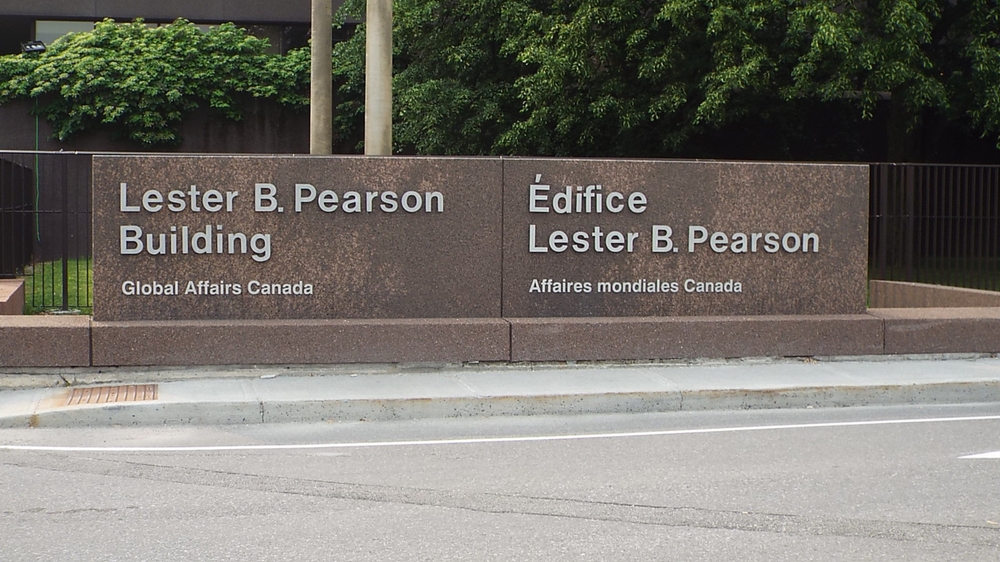
The concept of peacekeeping emerged through gradual diplomacy and strategy, not impulse. Initiated in the 1950s under Lester B. Pearson, the idea evolved over decades into a core part of Canada’s global image. Rather than chasing dominance, it positioned itself as a neutral mediator capable of bridging divides. This patient cultivation of trust paid off, earning Pearson the Nobel Peace Prize and giving the nation enduring respect on the international stage. While other countries invested in military might, Canada invested in credibility, turning a slow, deliberate diplomatic approach into a defining global strength.
Turning Immigration into an Economic Engine
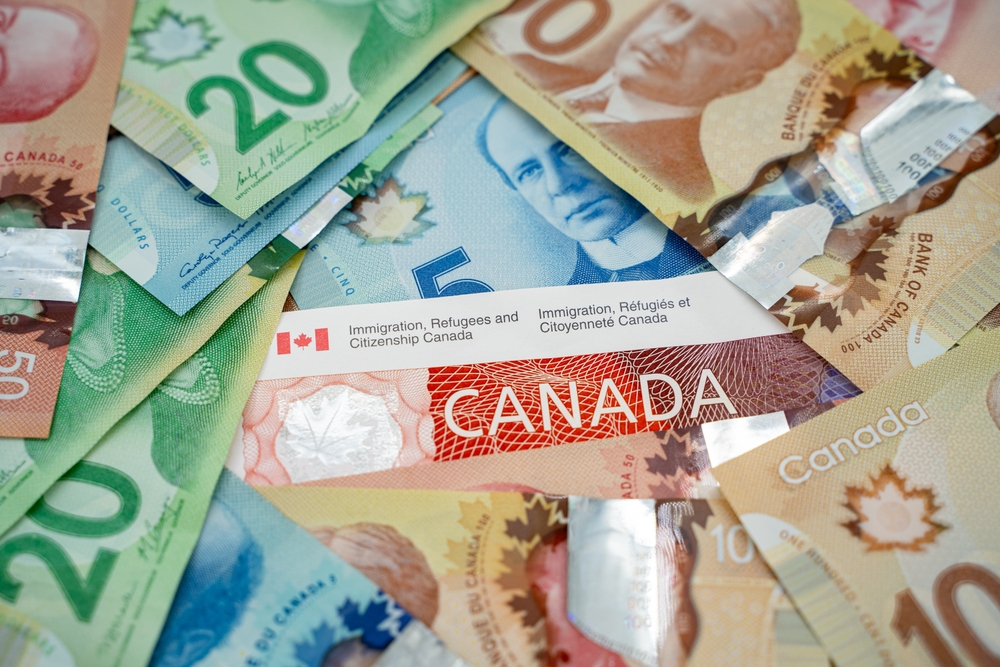
The nation didn’t stumble upon its immigration success overnight. Through years of carefully adjusting policy, it shifted from race-based restrictions in the early 20th century to a points-based merit system by the 1960s. This patient, data-driven reform allowed for economic diversity and long-term workforce resilience. Today’s immigration strategy focuses on balancing humanitarian goals with skill-based needs, ensuring steady population growth and economic stability. By treating immigration as a multi-decade project rather than a short-term labor fix, the country built one of the most stable demographic and economic systems in the developed world.
Investing in Public Broadcasting for Cultural Identity

Public broadcasting didn’t gain prominence immediately; it took consistent investment from the 1930s onward. The Canadian Broadcasting Corporation (CBC) was designed to foster national identity in a vast country with regional and linguistic differences. By resisting privatization trends and maintaining long-term funding, the CBC became a platform that shaped the country’s narrative globally. Over decades, it nurtured journalism standards, promoted arts, and reflected diversity long before it was fashionable. The gradual payoff is cultural unity and international recognition for balanced reporting, a testament to the power of playing the long media game.
Managing Natural Resources Sustainably

Rather than exploiting natural wealth for immediate profit, the nation chose a cautious approach to its resources. The oil sands, forestry, and fisheries industries have all seen waves of regulation emphasizing sustainability over short-term output. Decades of scientific research, environmental safeguards, and adaptive management have ensured that these sectors remain viable even in shifting global markets. While others faced collapse from overextraction, this long-game approach preserved both jobs and ecosystems. The payoff continues as sustainable management becomes a key advantage in an era of global climate accountability.
Leading in Arctic Sovereignty and Research

Securing the Arctic wasn’t about flashy claims; it was about decades of research, mapping, and diplomatic engagement. From early exploration missions to scientific stations in the North, the country focused on establishing presence and partnerships instead of confrontation. This long-term investment strengthened territorial claims under international law and advanced global understanding of climate science. As melting ice opens new trade routes, those patient efforts are now translating into strategic influence and economic potential. The Arctic strategy, built over generations, demonstrates how quiet persistence in science and diplomacy can yield immense geopolitical leverage.
Developing the Aerospace Industry Gradually

The aerospace industry didn’t emerge overnight; it evolved through continuous innovation and steady policy support. From the early days of the Avro Arrow to the rise of Bombardier and Pratt & Whitney Canada, the focus remained on engineering excellence and long-term talent cultivation. Despite early setbacks, this persistence turned the nation into a leader in aircraft components, flight simulators, and satellite systems. Instead of chasing mass production, the emphasis on specialized, high-quality manufacturing secured lasting global contracts. The payoff is an aerospace sector that punches above its size in international markets.
Nurturing Tech Hubs like Toronto and Waterloo

The country’s tech dominance today stems from decades of planning, not luck. By investing in research universities, startup grants, and immigration-friendly tech policies, cities like Toronto and Waterloo became magnets for innovation. The strategy emphasized building talent ecosystems instead of chasing quick unicorn valuations. This patient ecosystem-building approach birthed global players like Shopify and OpenText. The gradual focus on education, infrastructure, and inclusion now fuels a sustainable digital economy that continues to attract global investment. It’s a prime example of how slow, deliberate groundwork beats instant tech booms.
Protecting Indigenous Rights Through Gradual Reform
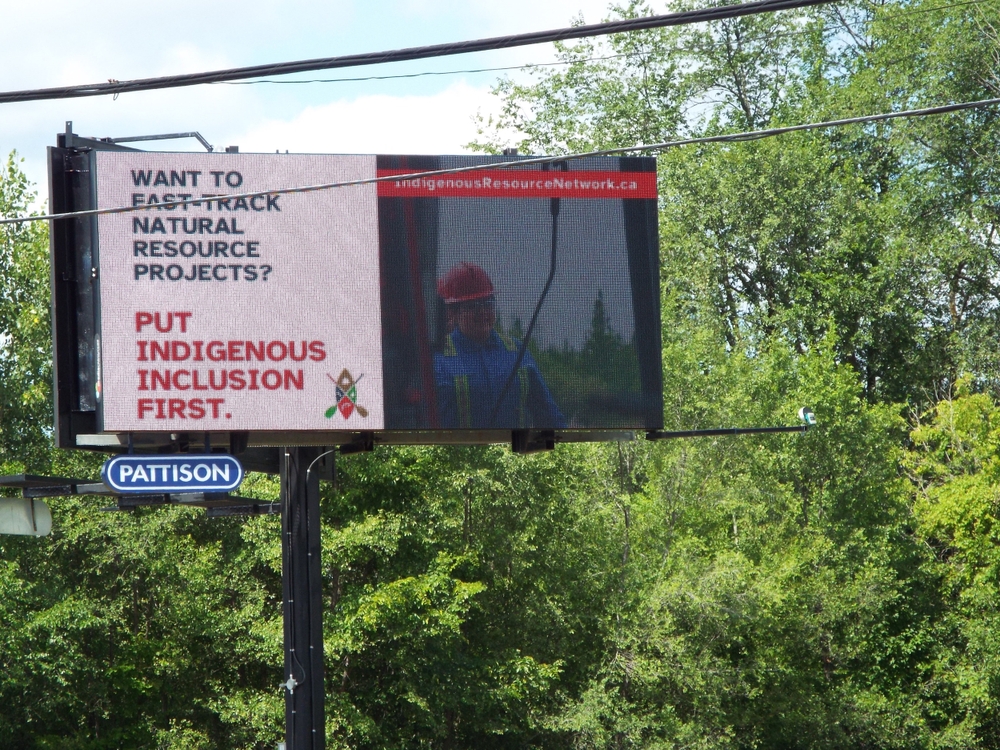
The journey toward reconciliation with Indigenous peoples has been long and complex. Decades of legal challenges, policy reforms, and truth commissions gradually shifted national understanding. The 1982 Constitution recognized Aboriginal rights, and later initiatives like the Truth and Reconciliation Commission built on that groundwork. Rather than a single event, it’s been a steady evolution toward justice, representation, and shared governance. Progress remains ongoing, but the patient effort has led to stronger partnerships, land claim resolutions, and growing inclusion in governance, proof that long-term healing requires sustained commitment, not political gestures.
Building a Stable Banking System

During the 2008 global financial crisis, the Canadian banking sector’s resilience wasn’t luck; it was the result of conservative, long-term regulation. The nation’s financial institutions avoided risky lending and speculative derivatives for years, guided by stringent oversight. This approach may have limited short-term profits but protected long-term stability. When other economies faced collapse, Canadian banks remained among the world’s strongest. The payoff from decades of cautious financial governance was global respect and domestic confidence, showing that patient prudence can outlast financial volatility.
Championing Multiculturalism as Policy
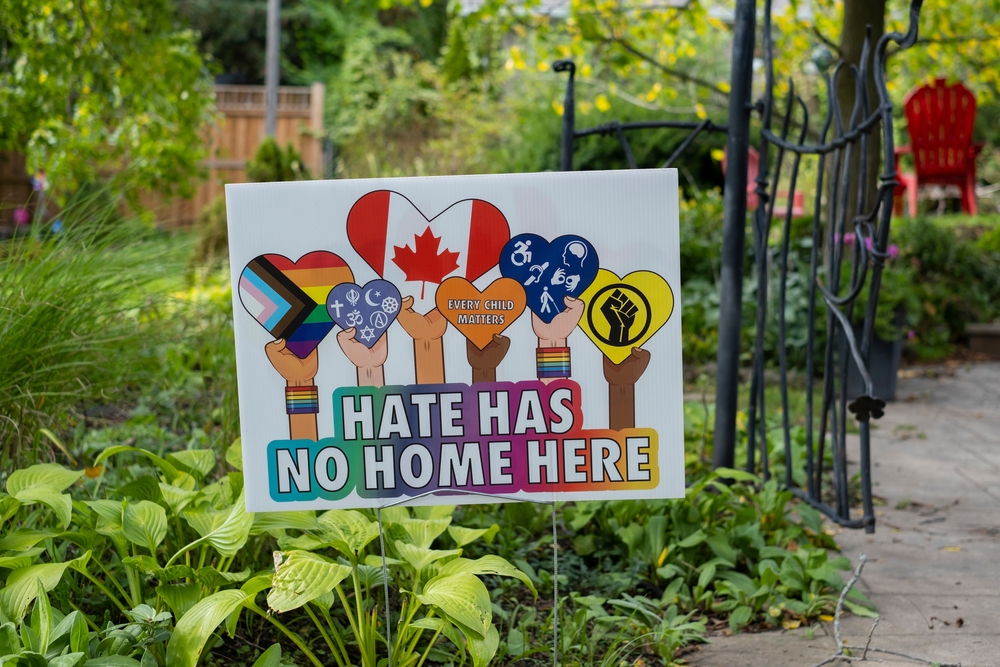
Adopting multiculturalism as official policy in 1971 was a strategic decision that required decades of patient integration work. Rather than enforcing assimilation, it built systems that celebrated diversity and inclusion across generations. Schools, media, and workplaces gradually reflected this multicultural fabric, making it part of national identity. The long-term outcome is social cohesion and global reputation for tolerance. By treating diversity as a sustained investment rather than a slogan, the country turned gradual demographic evolution into a unifying strength admired around the world.
Evolving the Education System Gradually

Educational reform here has never been a one-time overhaul. Over the past century, policymakers prioritized steady curriculum updates, vocational training, and bilingual education to align with global needs. Public funding for research universities, especially in STEM and social sciences, positioned the nation as a leader in higher education. By building quality over time instead of chasing global rankings, it cultivated a workforce ready for modern challenges. Today’s high literacy rates and innovation-driven industries are direct payoffs from decades of consistent educational focus.
Building Energy Independence with Hydropower
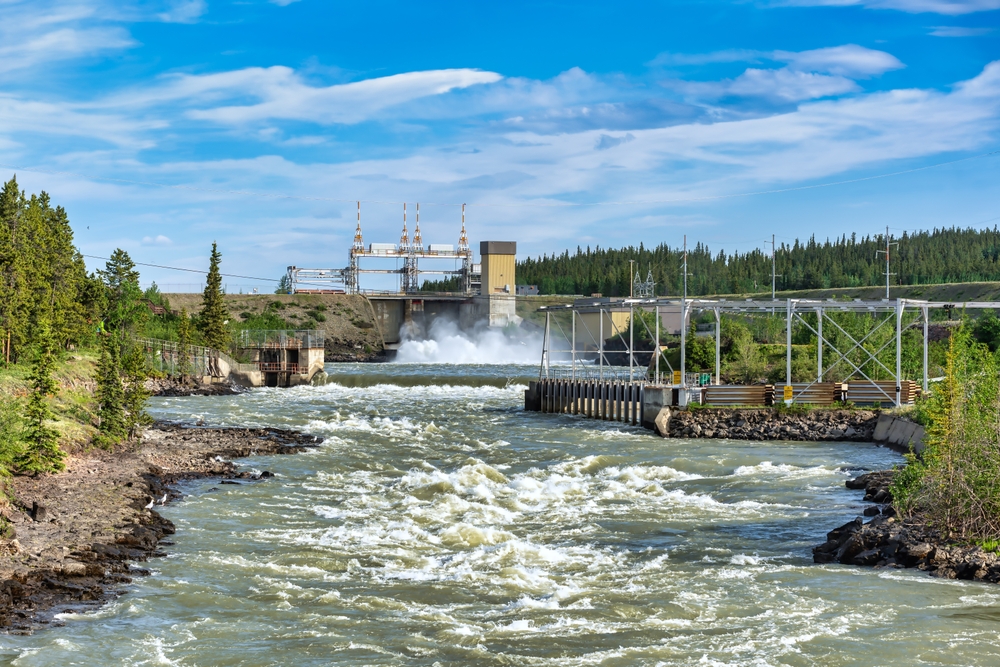
Hydroelectricity didn’t become a national powerhouse overnight; it took decades of dam construction, research, and environmental planning. Provinces like Quebec, Manitoba, and British Columbia invested in hydropower during the mid-20th century, prioritizing energy security over immediate returns. The result is one of the cleanest electricity grids in the world. By playing the long game in renewable infrastructure, the nation not only reduced dependence on fossil fuels but also positioned itself as a major exporter of sustainable energy. That patient investment now provides long-term economic and environmental benefits.
Expanding Public Transit in Major Cities

Urban transit projects like Toronto’s subway expansion or Vancouver’s SkyTrain took years of planning and phased funding. Instead of rushing incomplete infrastructure, governments prioritized reliability and long-term efficiency. The result is modern, accessible systems that continue to expand with population growth. Each phase built on the last, supported by urban design and environmental foresight. The patience paid off: today, these systems reduce congestion, improve air quality, and attract international praise for sustainable urban mobility. It’s a win for cities that prioritized smart evolution over hasty development.
Cultivating Global Film and TV Influence

The entertainment industry didn’t gain global relevance suddenly. Through tax incentives, training programs, and infrastructure investments since the 1970s, the nation quietly became a filming hub for Hollywood productions. Vancouver and Toronto now host major international projects, bringing billions in revenue. By building strong production networks and skilled crews over decades, it earned the nickname “Hollywood North.” This deliberate, long-term strategy gave local talent global exposure and created thousands of jobs, proving that patient cultural investment can yield blockbuster outcomes.
Prioritizing Environmental Conservation

From early park systems in the late 1800s to the modern carbon pricing framework, environmental policy here has evolved patiently. Rather than abrupt regulation, reforms have unfolded through research, education, and gradual implementation. National parks, wildlife protection acts, and clean energy incentives formed a steady chain of progress. The patient payoff is a global reputation for environmental stewardship and one of the most extensive protected land networks in the world. The strategy’s success lies in its consistency and foresight, not in rapid political gestures.
Developing the Cannabis Industry Legally and Safely

Legalizing cannabis wasn’t an impulsive decision; it followed years of public consultations, pilot studies, and regulatory testing. By prioritizing research and public health over politics, the process created one of the world’s most comprehensive legalization models in 2018. The patient rollout allowed authorities to monitor social impact, refine laws, and generate significant tax revenue. Today, the cannabis framework serves as a global reference for balancing freedom, safety, and business opportunity. That long-term approach turned a controversial issue into a sustainable, regulated industry admired internationally.
Maintaining a Balanced Foreign Policy

Rather than aligning strictly with one power bloc, the nation’s foreign policy evolved around neutrality, diplomacy, and multilateralism. Over the decades, it has built influence by mediating conflicts and supporting UN-led initiatives. This long-term diplomatic consistency gained credibility that short-term alliances rarely achieve. From the Suez Crisis to modern humanitarian missions, the approach proved that patience in foreign relations yields more lasting influence than impulsive interventions. The strategy continues to secure trade, partnerships, and global respect through quiet strength rather than loud declarations.
Investing in Clean Technology Early

The nation’s leadership in clean tech didn’t appear out of nowhere. Since the 1990s, federal and provincial programs have funded renewable research, green startups, and emission-reduction technologies. This patient investment allowed firms like Ballard Power Systems and CarbonCure to lead in hydrogen fuel cells and carbon capture. Decades later, those early bets are paying off as global demand for sustainable solutions soars. The country’s methodical approach to innovation created long-term economic and environmental value that positions it for future climate leadership.
Rebuilding After the 1990s Fiscal Crisis

In the early 1990s, the nation faced severe debt and deficit challenges. Instead of short-term austerity, leaders pursued gradual, disciplined fiscal reform, reducing spending while maintaining public services. Over the next decade, the strategy restored financial credibility and balanced budgets without derailing growth. By the 2000s, the nation was praised by the IMF for fiscal prudence. This deliberate rebuilding process turned a potential economic collapse into a case study in long-term recovery, demonstrating the power of persistence over panic.
Growing a Global Reputation for Education
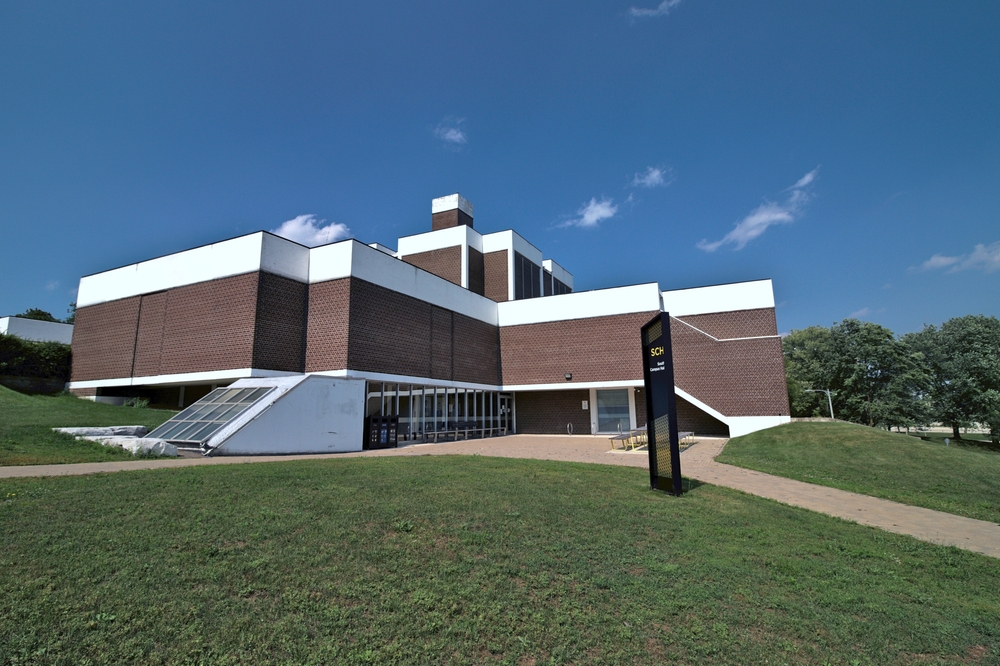
The education system didn’t become globally respected overnight. Consistent investment in teacher training, standardized curricula, and equitable access took decades. Rather than chasing global rankings, policymakers focused on inclusivity and outcomes. As a result, Canadian students now consistently rank among the world’s top performers in literacy and problem-solving. The long-term investment in equity, research, and pedagogy continues to attract international students and partnerships. The gradual strategy built not just schools but a globally trusted education model grounded in patience and steady progress.
Creating the Pension System Gradually

The public pension system evolved over decades through reforms ensuring sustainability and equity. The Canada Pension Plan, established in 1965, underwent multiple adjustments in contribution rates and investment management. Instead of reactive policymaking, leaders made incremental improvements based on demographic data and financial forecasts. This foresight transformed it into one of the most stable pension systems in the world, with long-term solvency projected for generations. The patient, evidence-based approach ensured retirees’ security without burdening future taxpayers, a financial win achieved through sustained discipline.
Expanding Global Trade Networks Slowly and Strategically
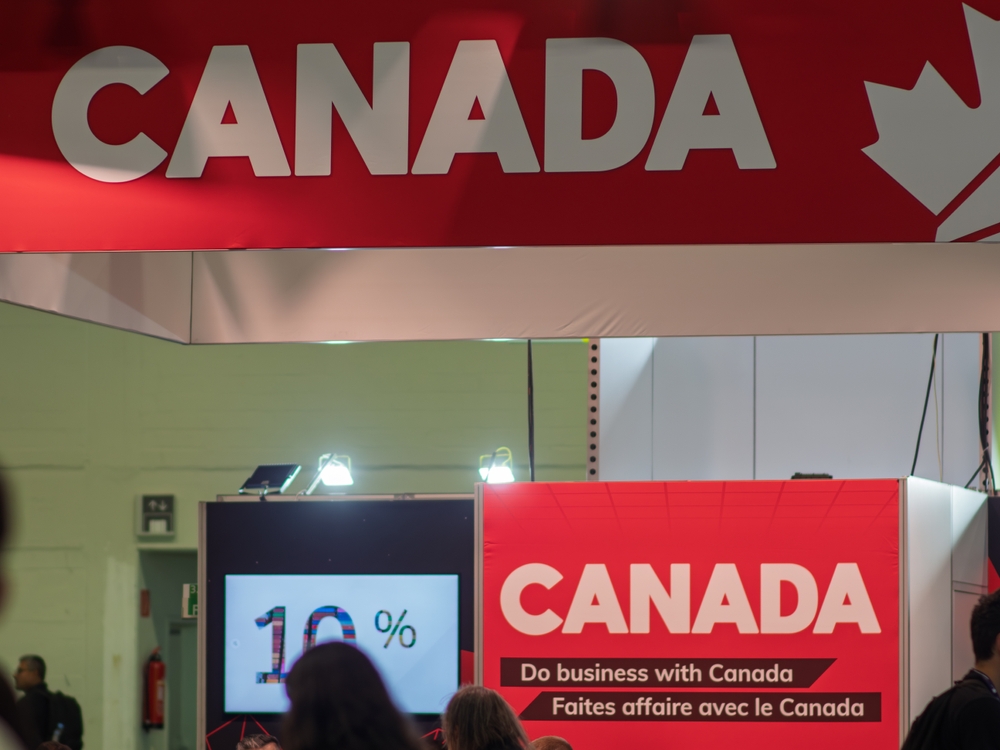
Trade success didn’t come from a single deal but decades of diversification. From early ties with the U.S. to later agreements with the EU and Pacific nations, the country methodically expanded markets to reduce dependence on one partner. Each negotiation took years, focusing on mutual benefit and sustainable terms. The result is a resilient trade network spanning multiple continents, protecting the economy from global shocks. By playing the long diplomatic and economic game, the nation secured enduring prosperity and independence in global commerce.
21 Products Canadians Should Stockpile Before Tariffs Hit

If trade tensions escalate between Canada and the U.S., everyday essentials can suddenly disappear or skyrocket in price. Products like pantry basics and tech must-haves that depend on are deeply tied to cross-border supply chains and are likely to face various kinds of disruptions
21 Products Canadians Should Stockpile Before Tariffs Hit
